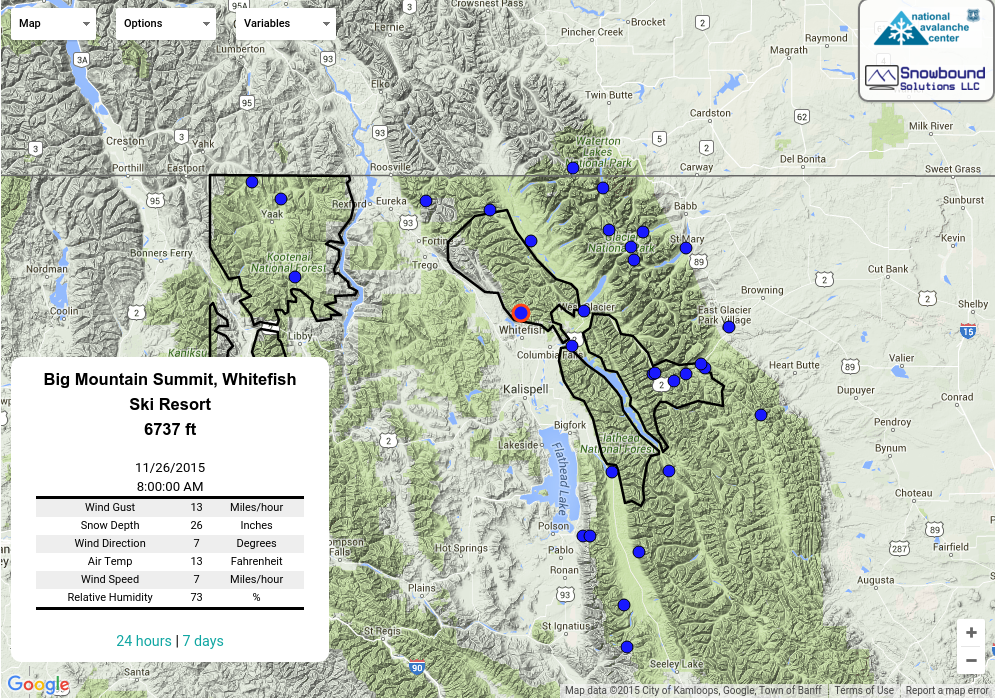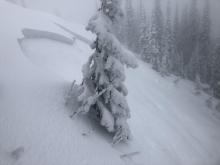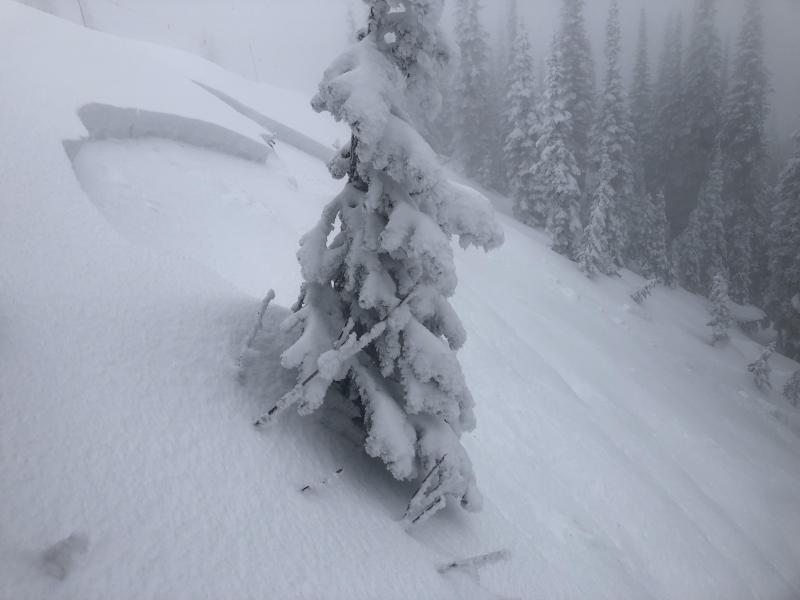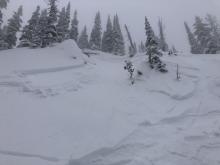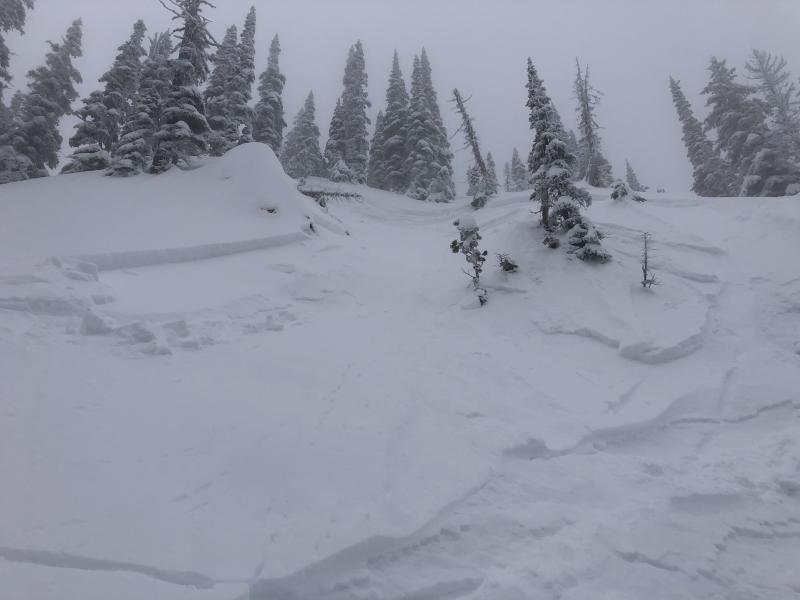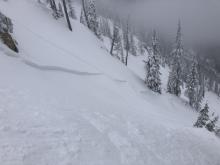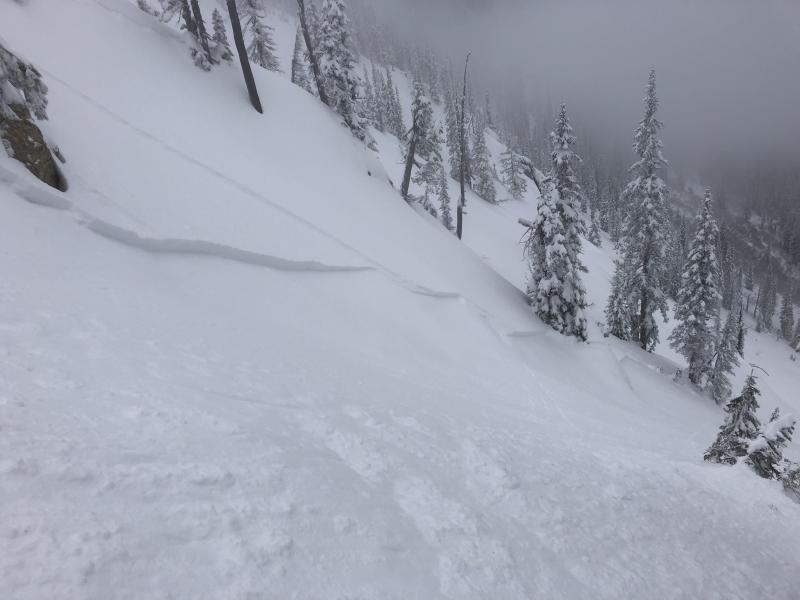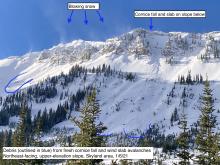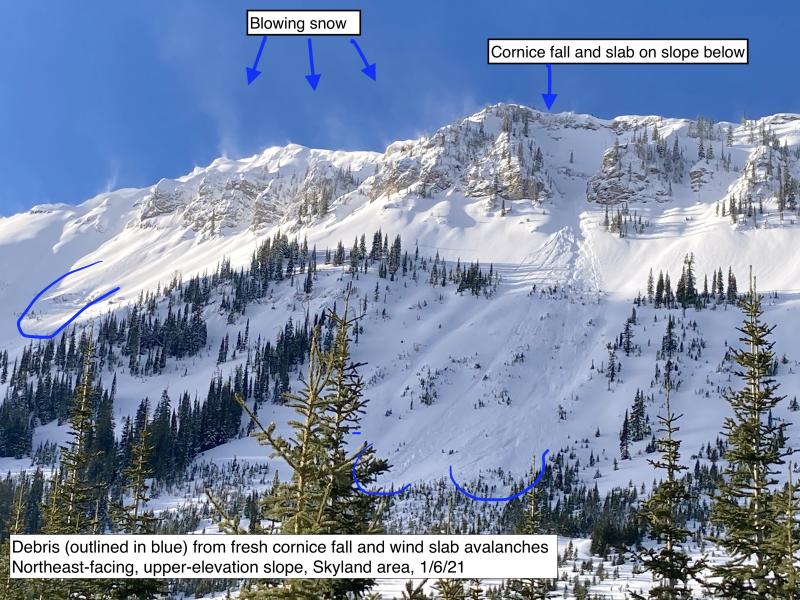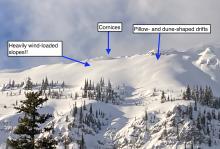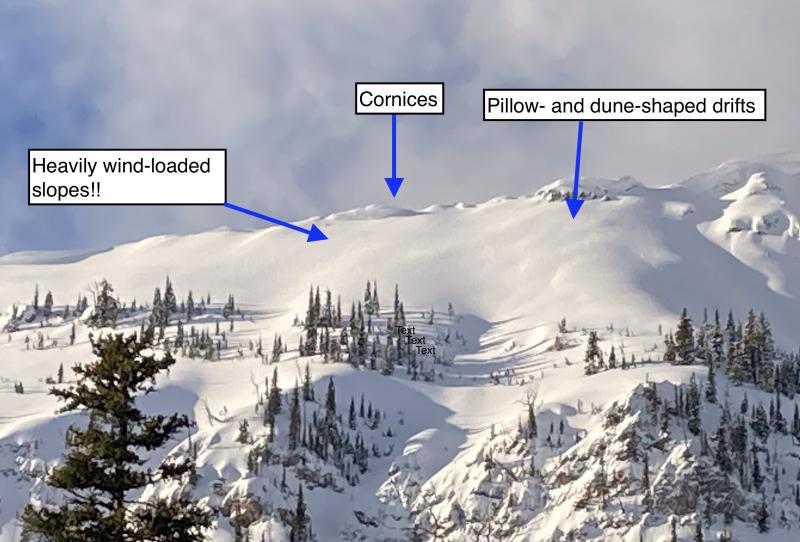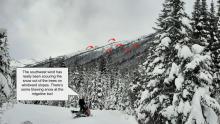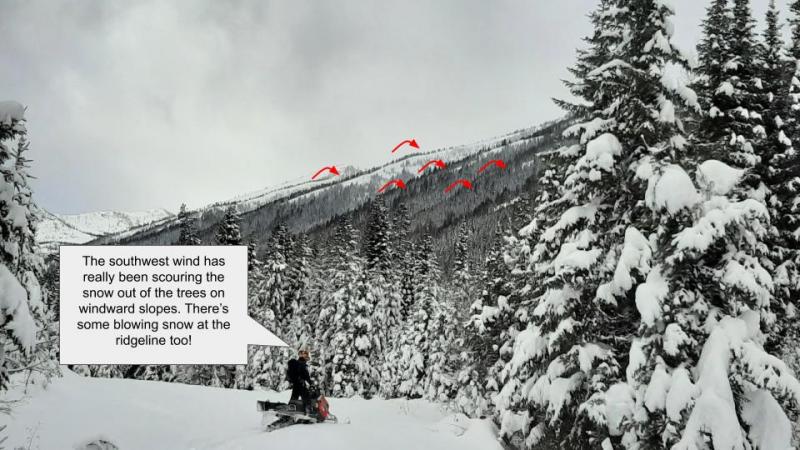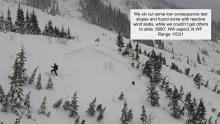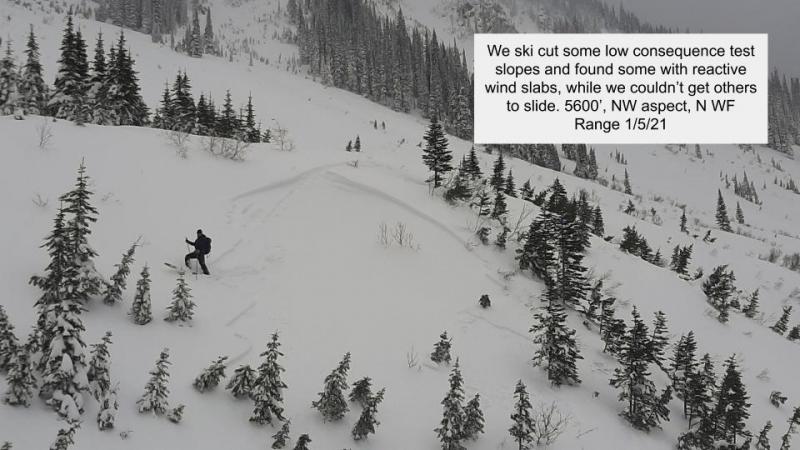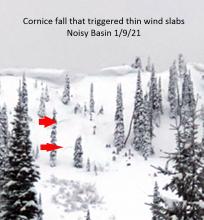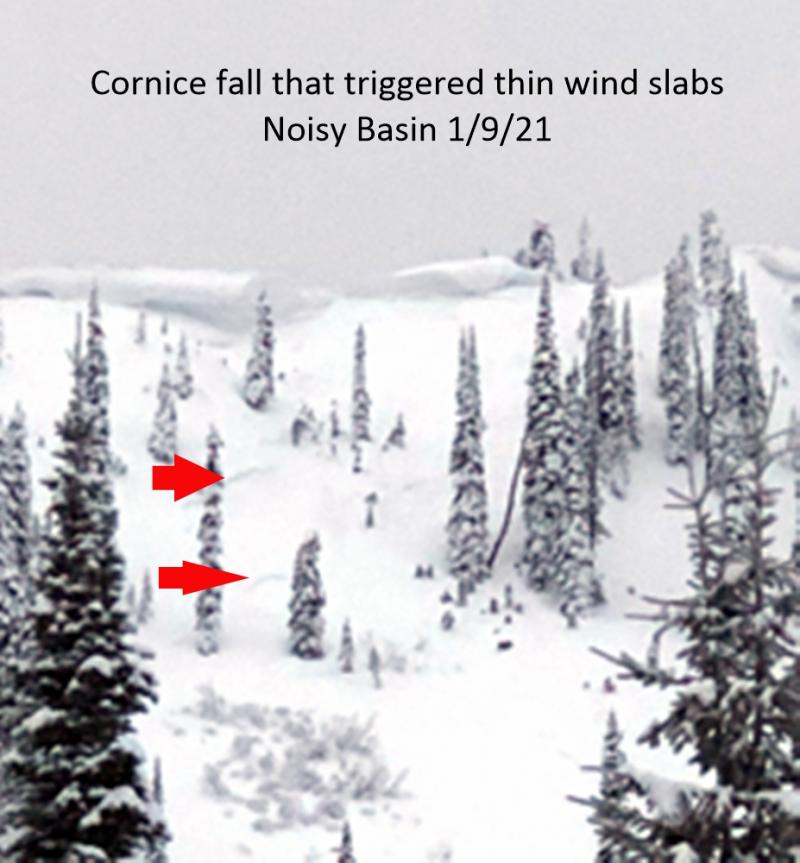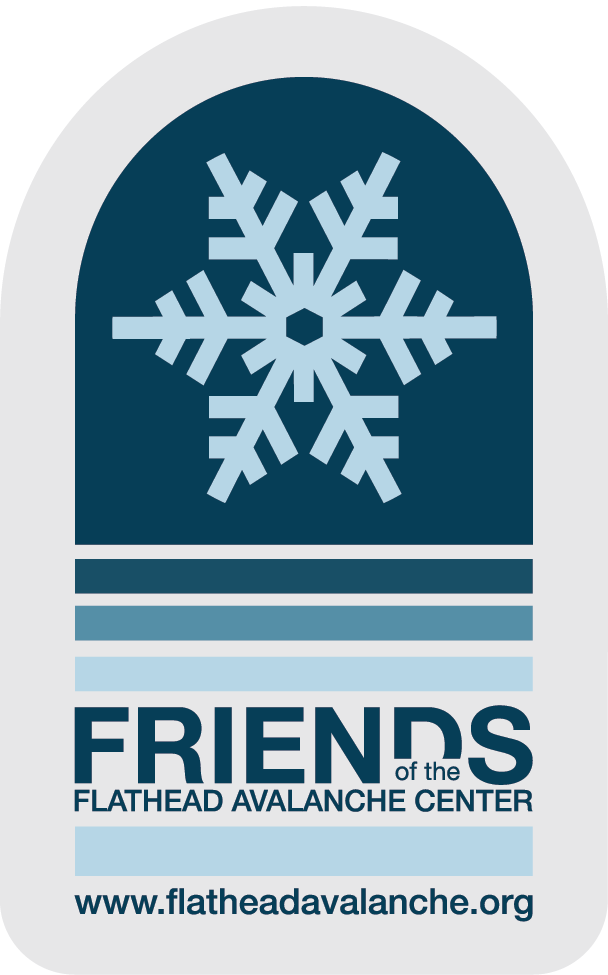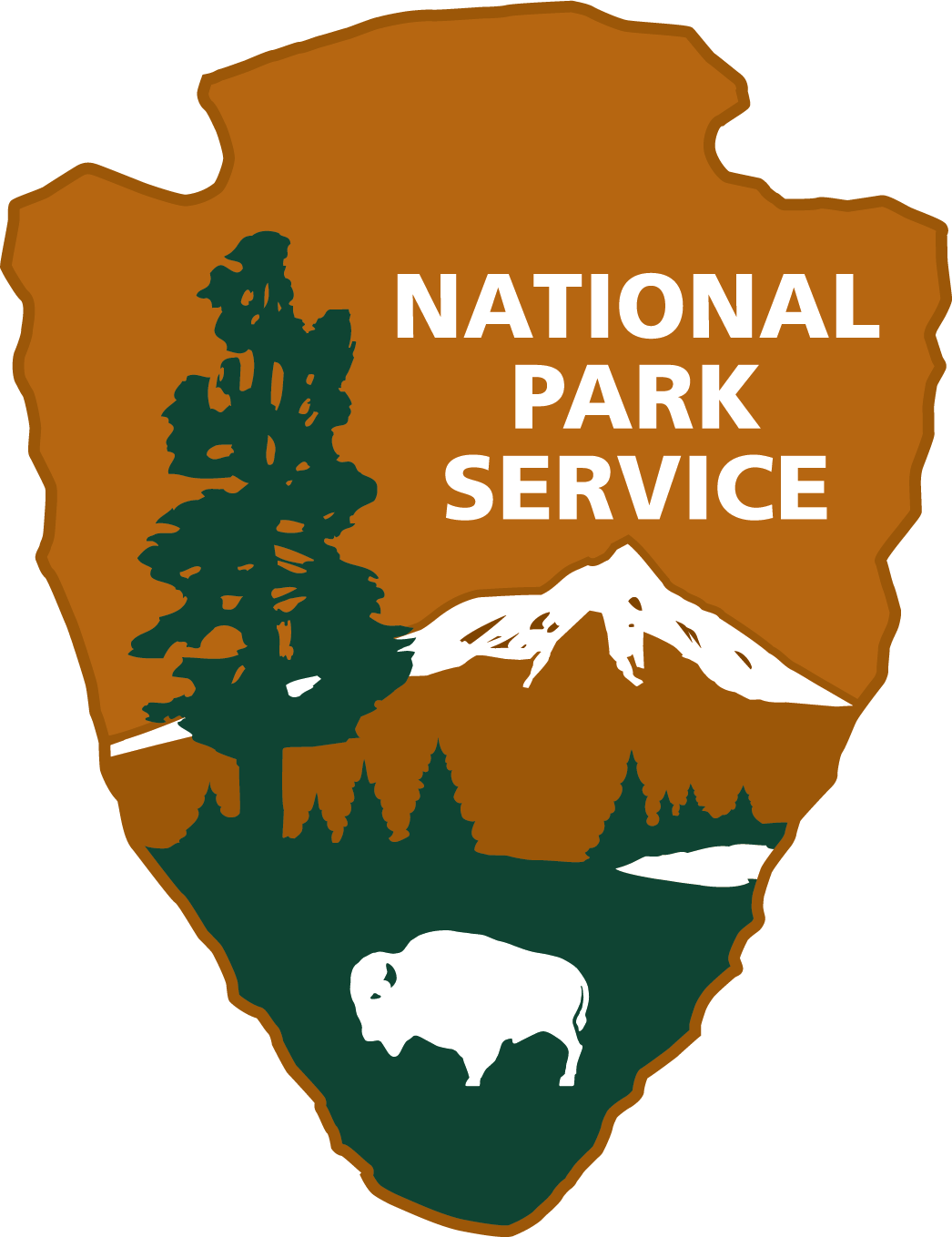| Sunday | Sunday Night | Monday | |
|---|---|---|---|
| Cloud Cover: | Continued snow with light winds. | Light snow with cold temperatures. | Continued light snow with cool temperatures. |
| Temperatures: | 16-28 deg. F. | 2-13 deg. F. | 18-27 deg. F. |
| Wind Direction: | South-east | East | South |
| Wind Speed: | 7-8 mph with gusts to 20 | 8-13 mph with gusts to 28 | 5-7 mph |
| Snowfall: | 4-10 in. | 2-5 in. | 2-5 in. |
| Snow Line: |
Whitefish Range
Swan Range
Flathead Range and Glacier National Park
How to read the forecast
Fresh snowfall overnight, combined with wind and forecasted snow totals for today, has increased the avalanche hazard. The avalanche danger is CONSIDERABLE above 6000 feet where fresh storm and wind slabs should be expected. Below 6000 feet the avalanche danger is MODERATE but may rise depending on snowfall. Evaluate all terrain that has received wind loading or substantial new snow before committing to a slope. Dangerous avalanche conditions exist and conservative decision-making is essential today.

3. Considerable
?
Above 6500 ft.
2. Moderate
?
5000-6500 ft.
2. Moderate
?
3500-5000 ft.
- 1. Low
- 2. Moderate
- 3. Considerable
- 4. High
- 5. Extreme
-
Type ?
-
Aspect/Elevation ?

-
Likelihood ?CertainVery LikelyLikelyPossible
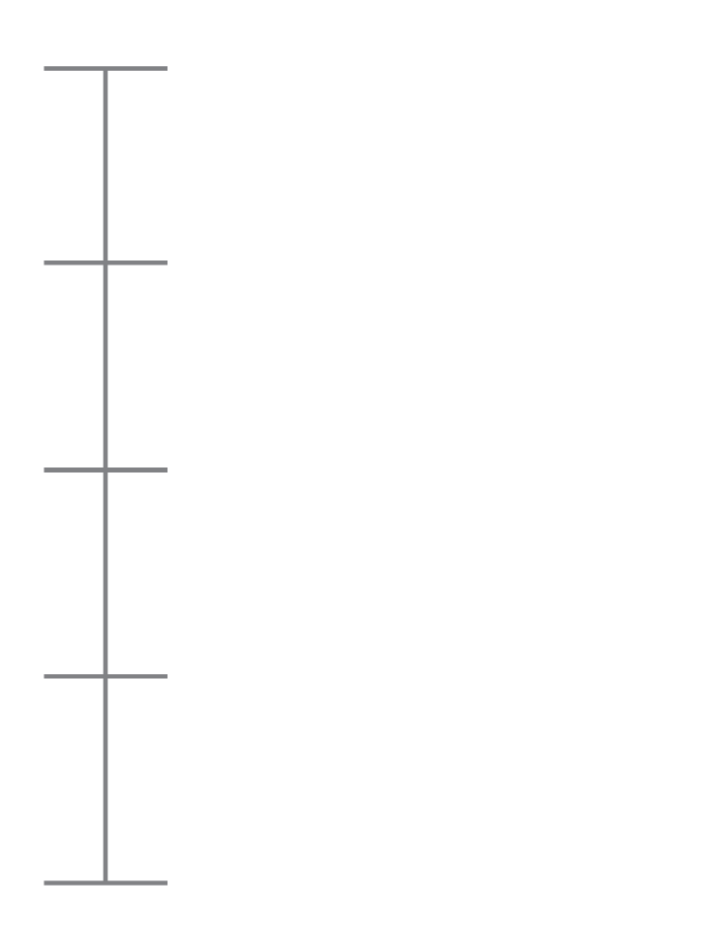 Unlikely
Unlikely -
Size ?HistoricVery LargeLargeSmall
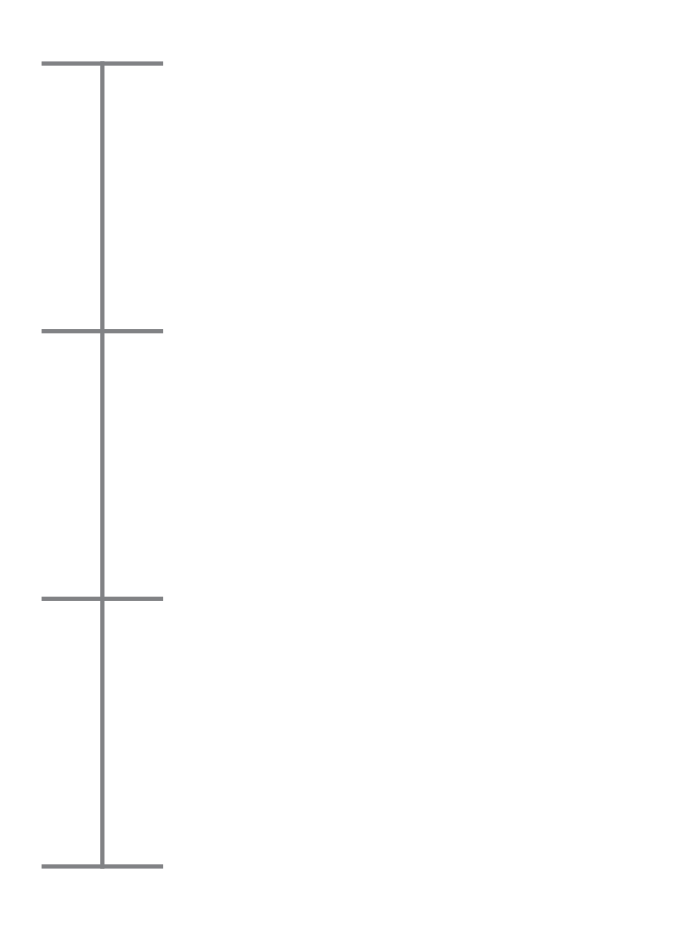
Varying amounts of new snow has fallen across our area overnight with snow forecast to continue through today. This storm has come in cold and appears to have deposited low density snow. This type of snow is generally not conducive to forming storm slabs but due to the amount of new snow that has fallen, along with forecasted snow totals for today, storm slabs are my number one problem today. These slabs can be found on all aspects at uppper elevations. As the day progresses these slabs may develop at mid and even low elevations. Storm slabs will be very soft but identifiable by cracking in the snow surface beneath you. Subtle density changes in the snowfall today may present themselves through cracking in the new snow.
-
Type ?
-
Aspect/Elevation ?

-
Likelihood ?CertainVery LikelyLikelyPossible
 Unlikely
Unlikely -
Size ?HistoricVery LargeLargeSmall

Prior to our current storm we had 10+ inches of snow on the surface available for transport in many locations. Yesterdays breezy conditions resulted in sustained winds of 20-22 mph and gusts up to 38 in favored locations. These winds formed fresh thin wind slabs primarily in the alpine. Low density snow overnight and through today, combined with light winds, will result in more widespread wind slab development along with adding weight to existing slabs. Because these slabs are fresh they should be easy to identify by cracking in the surface snow beneath your machine or skis. As these slabs develop they will take on the appearance of smooth rounded pillows just below ridgelines.
We removed persistent slab from the problem list due to the time that passed since avalanches associated with these layers were observed or reported. Also, due to the more stubborn results in stability testing. It is important to keep in mind that there are locations at all elevations in the advisory area where a weak snow pack structure still exists. The most commonly observed deeper instabilities are weak snow surrounding the Jan 19th crust and depth hoar near the ground. Because these weak layers do not always present obvious signs of instability, digging into the snowpack is the best way to determine their location and reactivity. Where you find a poor structure terrain selection is important. You are more likely to trigger a deeper weak layer in an area with shallow snow (where weak layer is closer to the surface) like steep, rocky terrain and areas that are prone to being wind scoured.
Friday: Guy and Mark visited the Skyland area of the Flathead Range. We observed up to 16" of "right side up" snow that was resting on the February 16 rain crust. The February 9 rain crust was a couple of inches below this with the January 19 rain crust approximately 1 meter below the surface. Instabilities were limited to the February rain crusts with no propagation observed. New surface hoar growth was observed on all aspects at all elevations. Skiers in the Mt. Furlong area of the Flathead Range noted storm totals of 30-40 cm with minimal wind affect. They did note that westerly aspects were becoming slightly sun affected and they were able to release sluffs on steep pitches. Skiers in the backcountry outside of WMR did not have propagation in any of their tests but did have instabilities associated with the new snow 25 cm below the surface.
Thursday: Todd was in the Jewel Basin in the Swan Range. On our ascent we noted new large surface hoar crystals developing. We observed some cracking in the surface snow while traveling across short, steep terrain features. We also observed a skier triggered avalanche that appeared to have occurred in the previous 48 hours. The thin storm/wind slab was triggered on a steep slope and ran through a chute. When the snow came out of the narrow chute it propagated about 50 feet in both directions across the apron. Maximum crown height was estimated at 1 foot. Snowboarders in Rescue Creek in the Flathead Range found 40 cm of recent snow on top of the Feb. 10th rain crust and had minimal results in stability tests.
Wednesday: Snowboarders in the Red Meadow Pass Area in the Northern Whitefish Range found unstable conditions in the storm snow. They intentionally triggered an avalanche from a ridge line. Then unintentionally triggered another avalanche on a short pitch during their descent (observation). Skiers on the ridge that divides First and Second Creeks in the southern Whitefish Range found just over a foot of recent snow on top of the Feb. 10th crust. This new snow fractured and propagated on the crust with moderate force in an Extended Column Test. They noted roller balls forming on steep, sunny slopes in the afternoon. Skiers in the Ghoulies area, also in the southern Whitefish Range observed roller balls and small, loose wet avalanches on sunny slopes. They found a thin Feb. 10th crust and had several fractures without propagation in Extended Column Tests.
See below for all observations this season.
Precipitation moved into our area yesterday and has deposited varying amounts of new snow overnight. Stahl Peak, in the northern Whitefish Range, is currently the station reporting the most with 15" of new snow as of 0500. Currently, temperatures above 6000 feet range from 10-17º F, and winds are southwest at 3-8 mph with gusts to 12. For today, expect continued snowfall with the Swan and Whitefish Ranges favored. Temperatures should top out in the mid teens to low 20s with light south-southwest winds.
| 0600 temperature: | 10-17 deg. F. |
| Max. temperature in the last 24 hours: | 12-20 deg. F. |
| Average wind direction during the last 24 hours: | Southwest |
| Average wind speed during the last 24 hours: | 5-22 mph |
| Maximum wind gust in the last 24 hours: | 21-38 mph |
| New snowfall in the last 24 hours: | 2-14 inches |
| Total snow depth: | 80-109 inches |
This advisory applies only to backcountry areas outside established ski area boundaries. This advisory describes general avalanche conditions and local variations always occur. This advisory expires at midnight on the posted day unless otherwise noted. The information in this advisory is provided by the USDA Forest Service who is solely responsible for its content.

